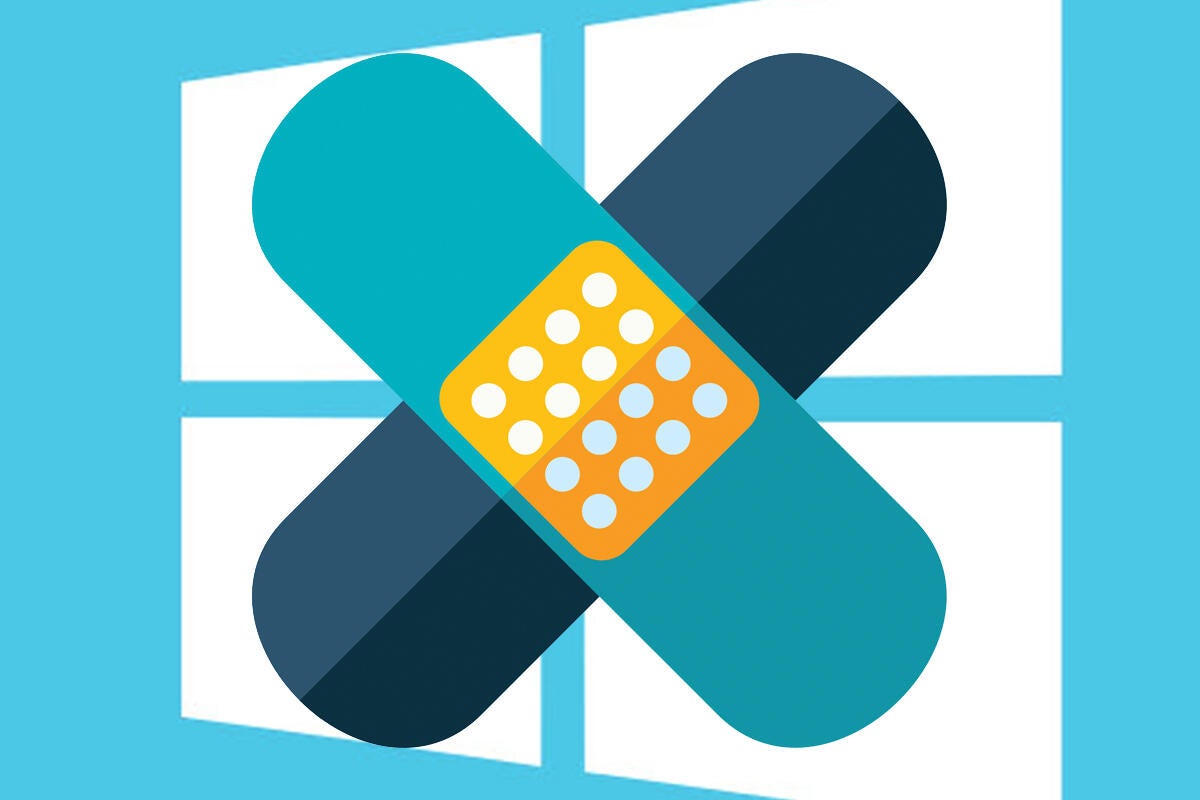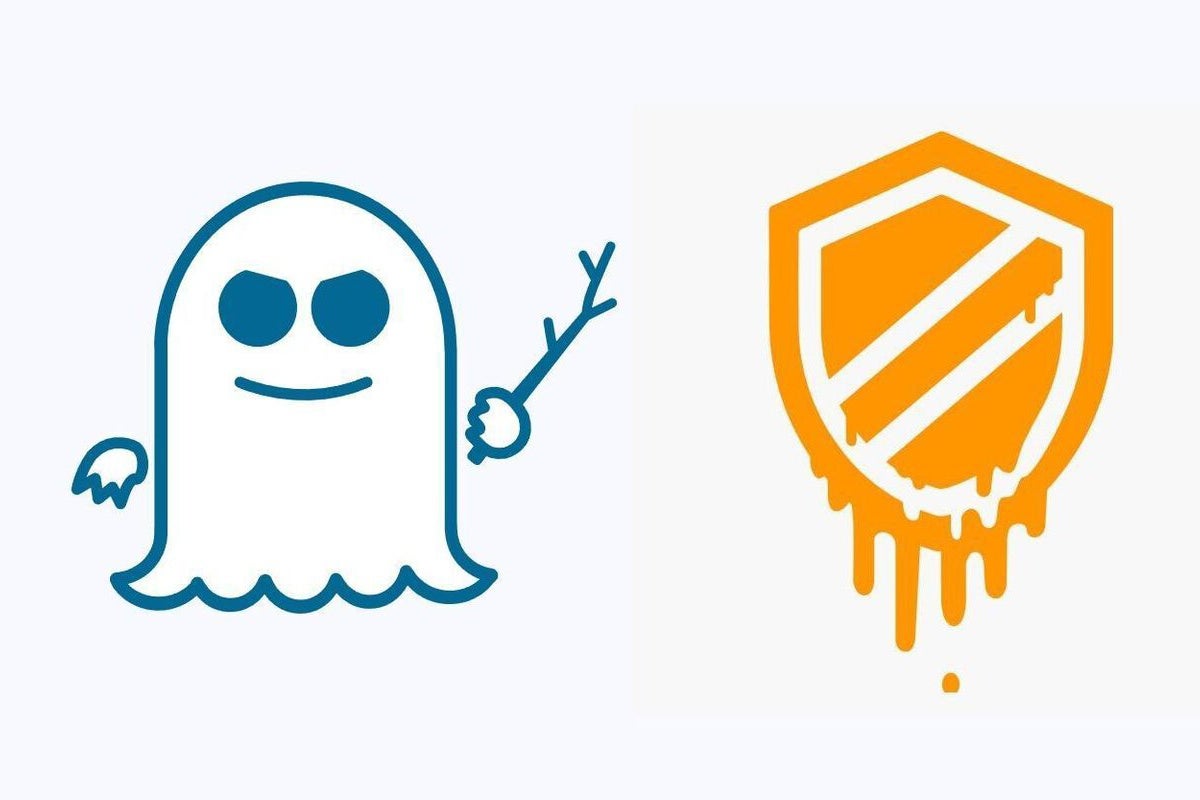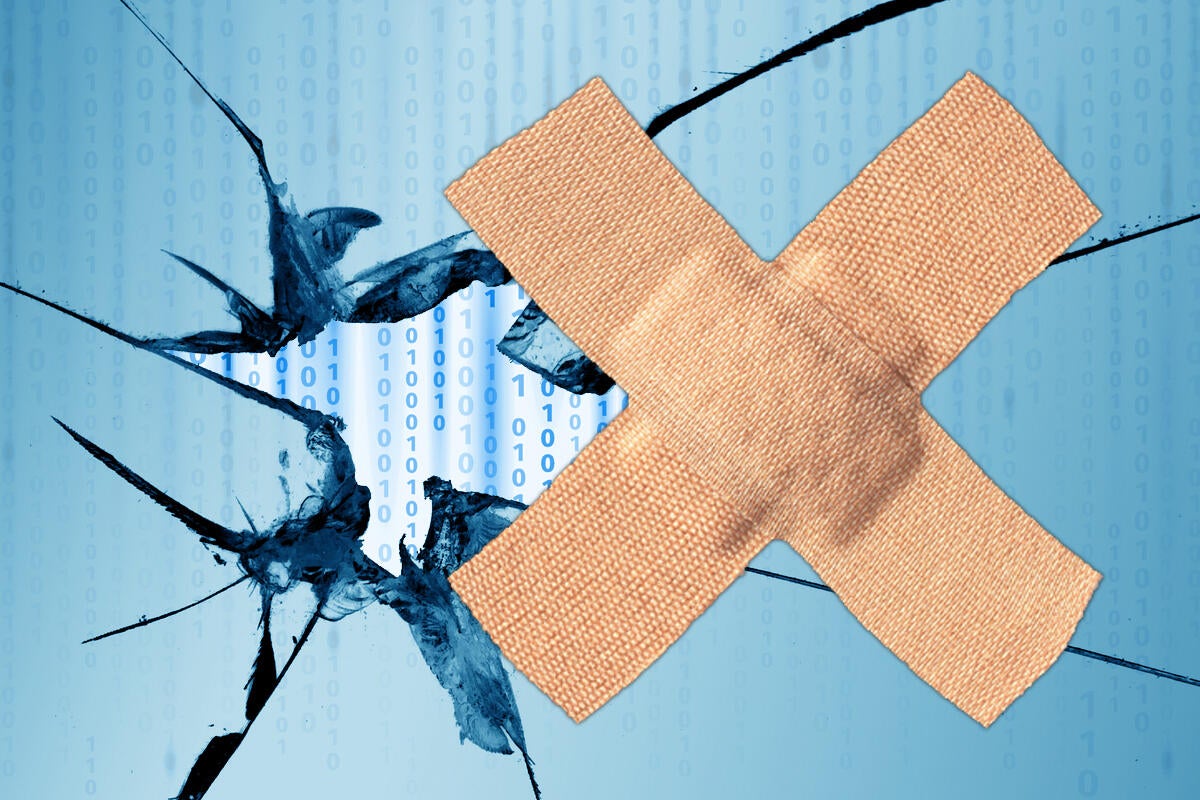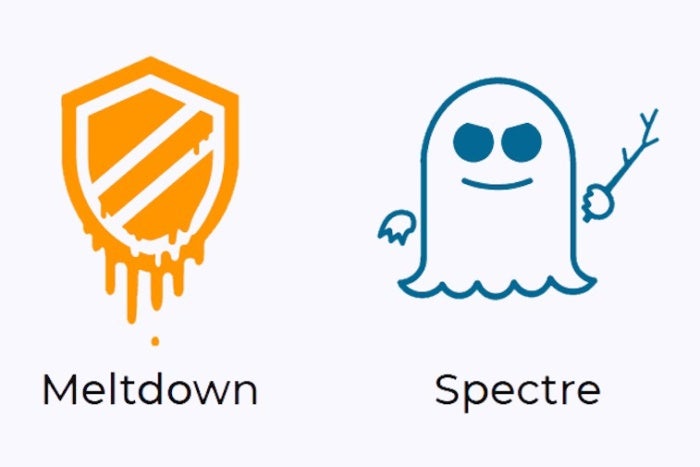More Windows patches, primarily previews, point to escalating problems this month

Credit to Author: Woody Leonhard| Date: Thu, 18 Jan 2018 06:39:00 -0800
Never give a sucker an even break. Yesterday, on a very out-of-band Wednesday, Microsoft released preview patches for Windows 8.1 (but not 7!), Server 2012, and Windows 10 1709 (for bricked AMD machines only), with preview cumulative updates for Win10 1703 and 1607. There are also nine different .NET preview patches.
What should you do? Nothing. More accurately, make sure you DON’T install any of them. Fortunately, all of these patches require that you download and install them — and you’d have to be crazy (or an admin trying to shore up some critical servers) to dive into the cesspool.
It’s the same advice I’ve been giving all month. There’s nothing here that you need right now — there are no known exploits for Meltdown or Spectre in the wild, in particular — and machines are dropping like flies.


